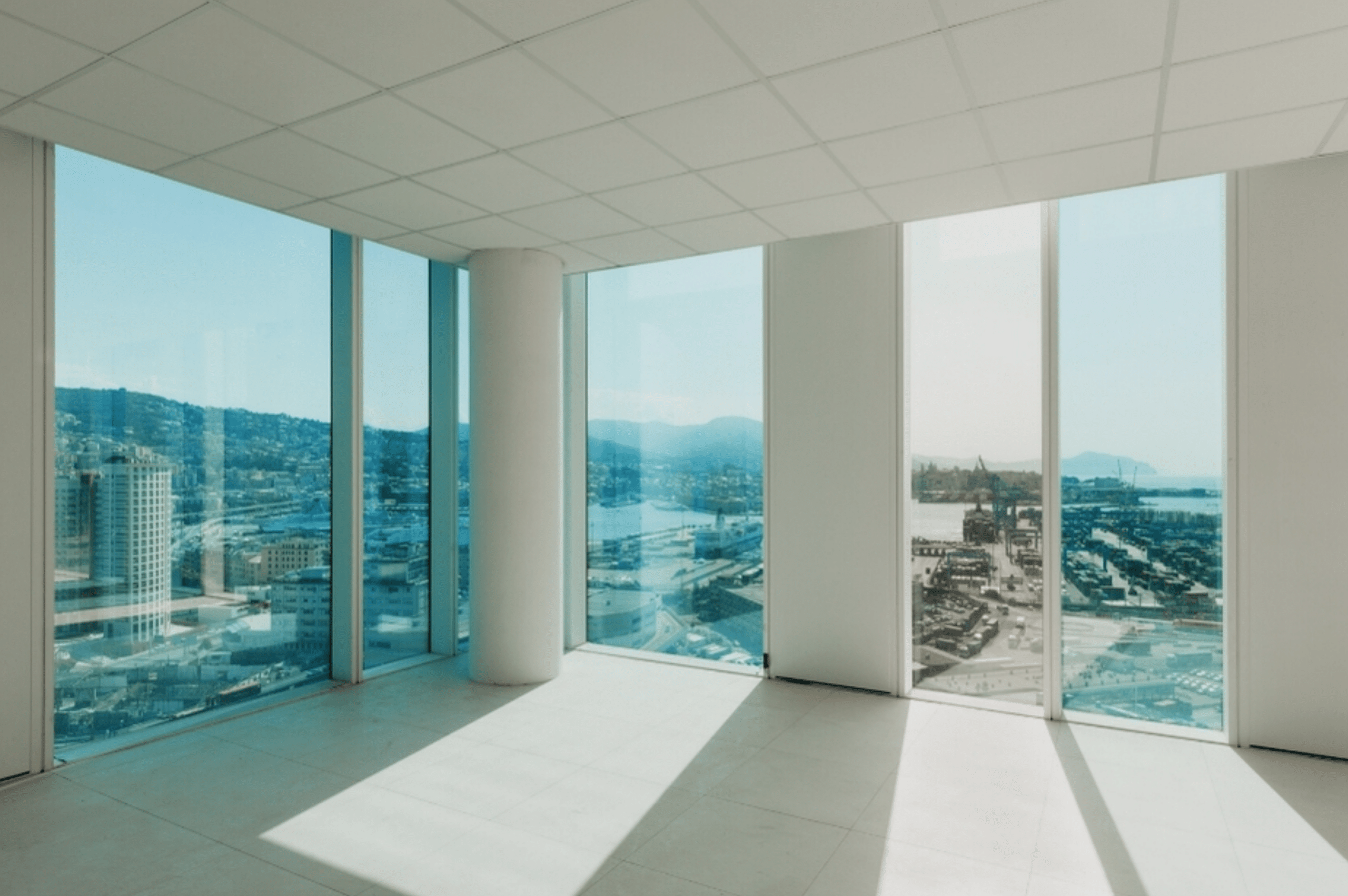

INQUIRER STOCK PHOTO
MANILA, Philippines — It will take nearly six years to fully sell out the remaining residential inventory in Metro Manila, with new launches likely to remain tempered in 2025 as the vacancy rate may reach 25 percent.
Real estate investment management firm Colliers Philippines said in its 2025 Philippine Property Market Outlook Report that as of the third quarter of 2024, unsold inventory in the capital region reached 75,300 units.
Of these, 27,200 are ready for occupancy (RFO) and valued at P154.4 billion. The lower to upper mid-income segments, or those worth P3.6 million to P12 million per unit, accounted for 57 percent of the remaining RFO inventory.
Geographically, Pasig, Parañaque, and Quezon cities had among the highest levels of unsold units.
Around 5.8 years is needed to sell all these units, or around five times longer compared to the prepandemic period. Back then, Colliers said the remaining inventory life ranged from 0.9 years to 1.1 years.
Article continues after this advertisement
READ: Colliers: Leisure projects to spur demand for residential assets
Article continues after this advertisement
Vacancy rate
In 2025, the residential vacancy rate is seen to reach 25 percent from 17.7 percent in the third quarter, as the exit of Philippine offshore gaming operators is expected to have an “adverse effect” on the market, particularly in the Bay Area and Makati.
As a result, Colliers said developers would likely “continue the shift to suburbia with lots-only and house-and-lot projects outside Metro Manila.”
Horizontal projects will also remain attractive, and developers are encouraged to build in Calabarzon (Cavite, Laguna, Batangas, Rizal, and Quezon), Central Luzon, Central Visayas, Western Visayas and Davao to cater to growing demand in these areas.
Golf communities
But with vacancy still high, Colliers advised real estate companies to “know your demand before you expand.”
In particular, it maintained that demand for golf communities and leisure properties would rise within and outside Metro Manila.
This is due mainly to the government’s push for golf tourism, greater interest from a younger demographic, strong rental and price appreciation potential, emphasis on exclusivity and safety, interest from local and foreign travelers, and importance of open and green spaces, Colliers said.










:max_bytes(150000):strip_icc()/Oxtail-Noodles-tight-FT-MAG-RECIPE-0225-eabb646f23644395a911a53616fac214.jpg?w=100&resize=100,75&ssl=1)
